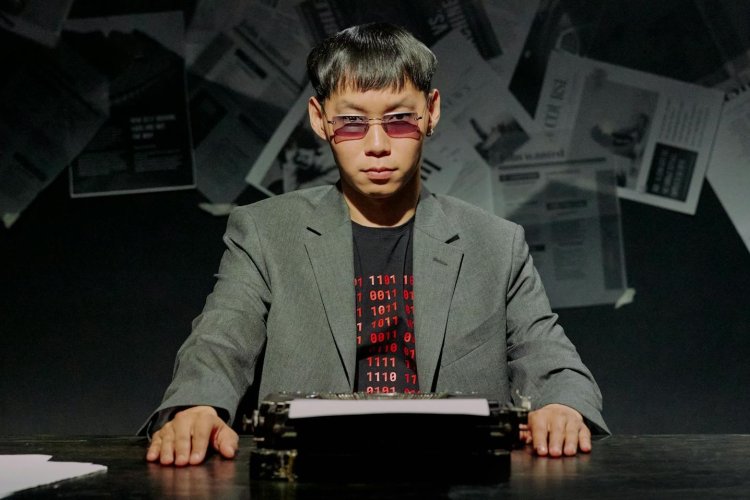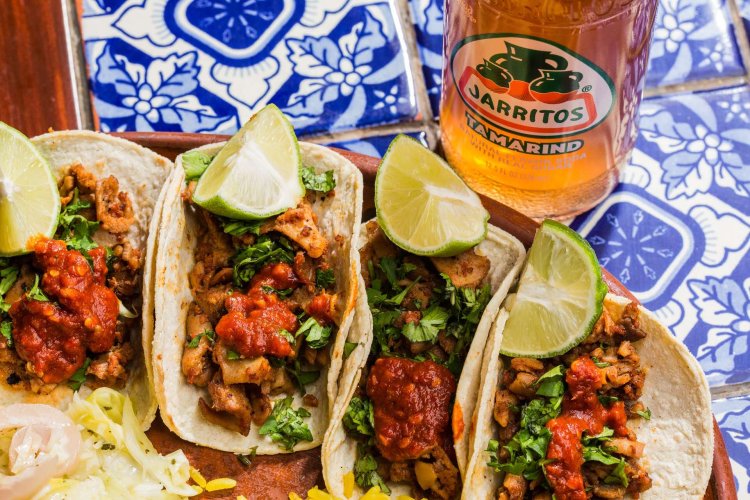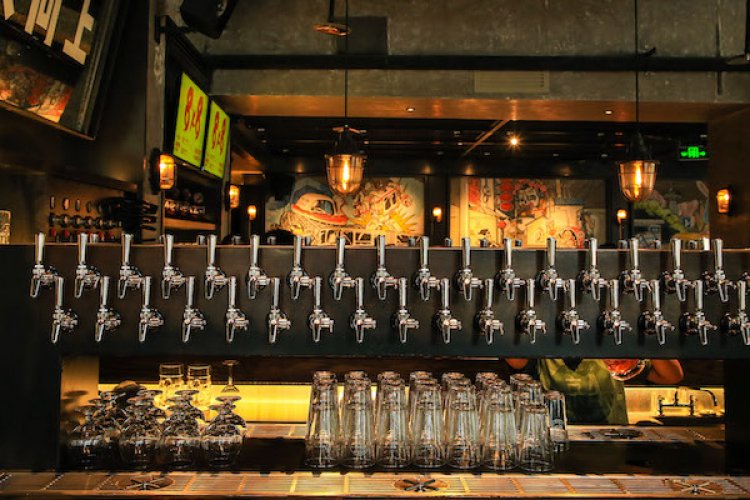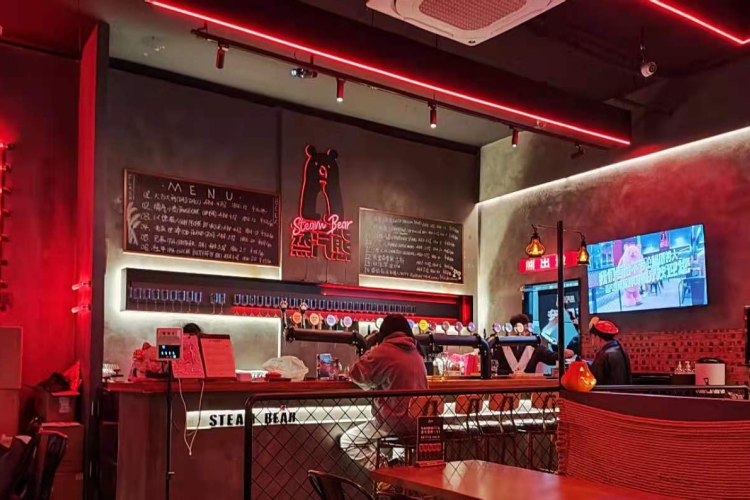Party Like A ... Home Brewer
After many false dawns, it now seems that the microbrewery has become a Beijing success story. They range from large-scale stalwarts such as the Paulaner and Drei Kronen to the ever-expanding craft brews of Great Leap to new boys like Stone Boat Brewery.
How hard could it be? We thought it about time that the Beijinger gave artisanal beer production a shot (or 40-odd pints). We went to Taobao.com and looked for the easiest possible way to get started. A few clicks and 104 kuai later, we had ourselves a home beer-making kit.
WHAT IT SAYS ON THE BOX
The instructions on the side of the box were simple (if oddly written):
• Mix malt and brewing sugar with 2 liters hot water, then add cold water to 23 liter.
• Stir the ingredients evenly and sprinkle the yeast over the top of the liquid. It needs 4-7 days to perment [sic].
• Add carbonating sugar (10g: 20 sachets) specially to 20 bottles. Then fill the bottle with beer in the fermenter drum.
• After 10 days you will enjoy beer brewing by yourself
Based on our longstanding mistrust of people who can’t spell, we decided to ignore these instructions. Instead, we roped in a local home-brewer and his brand-new equipment to help us craft our beer.
THIS IS HOW WE BREW IT.
1. We brought 23 liters of water to the boil in a pot the size of an Oompa-Loompa. A watched pot never boils, so they tell me. We tried not to watch ours. It still took forever.
2. We then tipped in the malt - a lovely, syrupy malt smelled a little different than what we had expected from a lager home-brew kit. We examined the box, which referred to the substance variously as “malt,” “100% malt,” “crystal amber” and “home lager malt.” Still confused as to what we had just made, we then washed the spilt malt off our hands.
3. We added in the sugar. There was a kilo of it. This 23-liter (and ever-reducing) concoction was stirred and stirred while still on the heat.
4. Some of us took a 15-minute break for drinking while one poor sap continued stirring. Next we used the bathtub to sterilize the “fermenter drum” as well as the copper coil that we would soon be using to cool the beer.
5. We took the big pot off the hob and then downstairs to the washing machine. Transporting such a large quantity of hot liquid is not recommended unless you are in prison or thawing a road.
6. The copper cooling coil (or wort chiller, as the pros call it) and one of its tubes were attached to the washing machine tap. We lowered the coil into the beer. Then we pointed the other end of the tube toward the sink, only to discover that it was obviously not long enough to drain properly. Six big (19-liter) water jugs were conscripted for use in a three-man production line. Fill-carry-pour, fill-carry-pour, fill-carry-pour. This happened several times before our beer reached the desired temperature of 30˚C.
NB. Watching all that water go down the drain, it is abundantly clear that the water used to brew beer is a massive environmental concern. In order to feel better about drinking this beer, I personally have not bathed since we made it.
7. We then poured what-was-now-beginning-to-look-like beer into our fermenting drum. We tipped in the yeast. This is when we had our first taste of our sugary nectar. It tasted like an ale that had been spilled in a candy shop.
NB. It turns out that sugar is good – that’s what the yeast turns to alcohol.
8. The yeast stayed mysteriously inert for about a week, so that slowed down our fermentation. After taking it out of the fridge to kick-start biology, we then left it to bubble away before putting the brew into a keg, to let it stand before drinking.
THE TASTING
After a thirsty 18 days, our brew was as ready as it was ever going to be. We took it to Paddy O’Shea’s to get some average consumers (and Beijing Celtics FC) to drink … “The Beerjinger.”
Here’s what they said. Actually, no. We can't print that. In honesty, it tastted of water with a hint of ale. At best.
The good news is that no one died. Brewing is trial and error. We're lucky that we're not on trial for our error. Oh well, better luck with the next batch ...
Thanks to Enda Winters, Flannan Gleeson, Lauren McCarthy, Iain Shaw and everyone brave enough to drink it.
Click here to see the December issue of the Beijinger in full.






